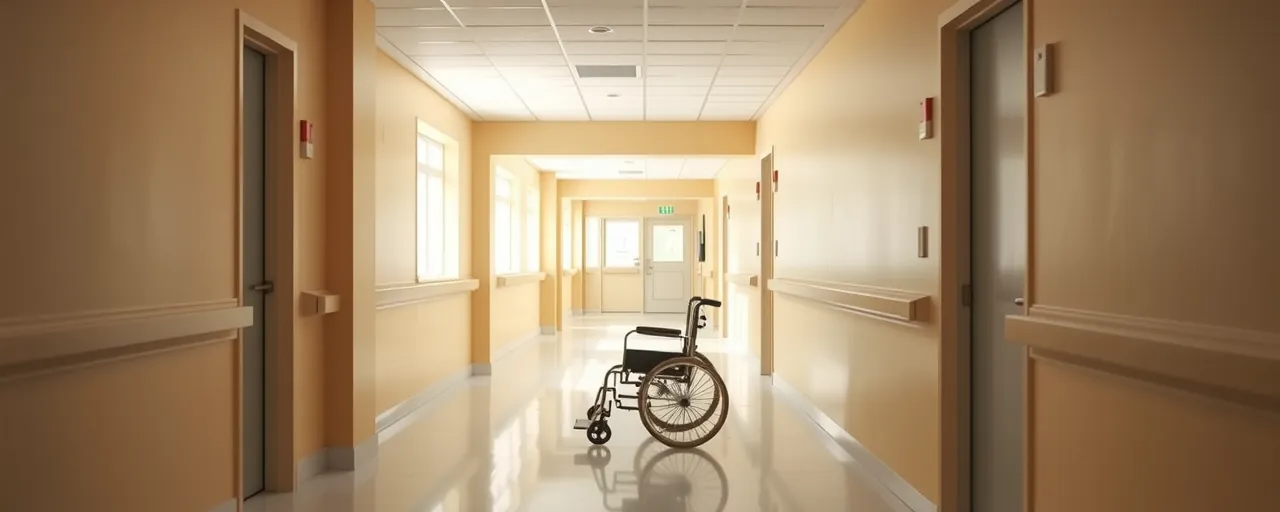A Budget Plan Stirs Worry
Washington state officials are grappling with a Republican-led budget proposal in Congress that could cut $2 billion from federal Medicaid funding over four years. If passed, the plan might leave up to 274,000 residents without health insurance by 2026, a prospect that has sparked urgent concern in a state known for prioritizing healthcare access.
Medicaid, a joint federal-state program, provides coverage for low-income families, children, seniors, and people with disabilities. In Washington, it supports about 800,000 children and 105,000 long-term care recipients. A significant reduction in federal support would push the state to make difficult decisions, such as narrowing eligibility or reducing benefits, which could deeply affect vulnerable groups.
This isn’t just a policy debate; it’s about real people. Families who depend on Medicaid for doctor visits, medications, or nursing home care might face a future where those services become unaffordable. Rural hospitals, already operating on tight margins, could close without adequate Medicaid reimbursements. The potential fallout has many on edge.
What’s Driving the Proposal
The proposed cuts are part of a larger Congressional effort to trim federal spending. The House-passed One Big Beautiful Bill Act includes measures like work requirements for able-bodied adults, more frequent eligibility checks, and a halt on provider taxes that states use to secure federal funds. Proponents argue these changes would reduce inefficiencies and refocus Medicaid on its core purpose.
Some Republican policymakers and analysts champion work requirements, saying they promote personal responsibility and curb overuse of public programs. With Medicaid covering over 70 million Americans, they see the program’s growth as unsustainable. Their goal is to save $723 billion nationally over a decade while maintaining support for the most vulnerable.
Opponents, including state leaders and healthcare advocates, counter that work requirements could create administrative barriers, leading to coverage losses for eligible individuals due to paperwork issues or job scarcity. Washington, facing a potential 15 percent funding reduction, could see its healthcare system buckle as clinics and hospitals lose critical revenue.
The Toll on Communities
Across the U.S., about 91 million people—35 percent of adults—report struggling to afford healthcare. Low-income households face even greater challenges. If Medicaid enrollment falls by 10.3 million by 2034, as projections suggest, many will delay treatments, accumulate medical debt, or see their health deteriorate.
In Washington, losing coverage for 274,000 residents could have far-reaching effects. Children might miss routine care, seniors could lose access to nursing homes, and rural clinics might shut down. Healthcare advocates argue that such cuts would reverse gains made through the Affordable Care Act, which expanded coverage for millions.
Supporters of the budget plan, however, contend that Medicaid has grown beyond its original scope. They suggest reallocating funds to job training or other initiatives could help people achieve self-sufficiency, reducing long-term reliance on public programs. The question is how to balance fiscal restraint with the needs of those who depend on Medicaid.
Washington’s Path Forward
Washington faces stark choices to address the potential $2 billion shortfall. The state could raise taxes, cut other public services, or scale back Medicaid eligibility. Each path has drawbacks—higher taxes might strain residents, while service reductions could weaken schools or public safety. Rural communities, with limited healthcare options, would bear the brunt of the impact.
This debate reflects a long-standing struggle over the social safety net. Since its start in 1965, Medicaid has become a cornerstone of support for millions, yet funding disputes have been a constant. Historical reforms, like the 1996 welfare restructuring, show how policy changes can profoundly shape lives, for good or ill.
As Congress debates the budget, Washingtonians await clarity. Can the state safeguard its most vulnerable residents, or will the cuts demand a painful overhaul? The outcome will influence healthcare access and economic stability for years to come.
